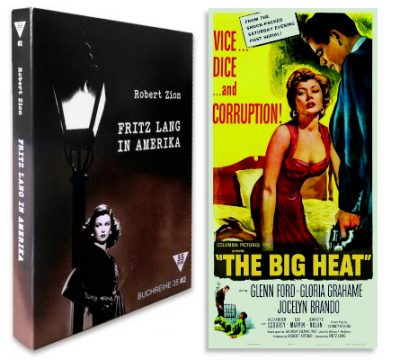Interview über FRITZ LANG IN AMERIKA und Auszug: THE BIG HEAT (1953)

Crimemag von culturmag.de hat FRITZ LANG IN AMERIKA gelesen und mich über das Buch interviewt. Das ausführliche Interview ist hier zu finden: “Auf der Suche nach dem Gold der Zeit”.
Außerdem veröffentlicht Crimemag noch exklusiv einen Auszug aus dem Buch, das Kapitel zu Fritz Langs hartem Film Noir und Protokoll der Kontamination der amerikanischen Gesellschaft mit Korruption und Gewalt: “THE BIG HEAT (Heisses Eisen, 1953)”.
Rezension des Buches von Alf Mayer auf Crimemag: “Nicht hoch genug zu loben”. Das Magazin verlost zudem auf den verlinkten Seiten zwei Exemplare der vergriffenen zweibändigen Erstausgabe im Schuber.
Alle weiteren Informationen, noch mehr Rezensionen sowie Bezugsquellen von FRITZ LANG IN AMERIKA gibt es: hier.
Hits: 767
